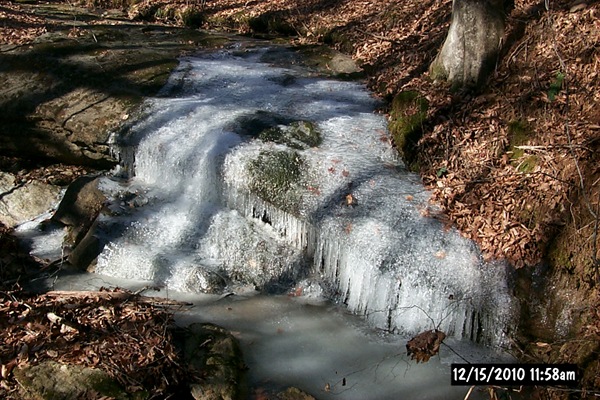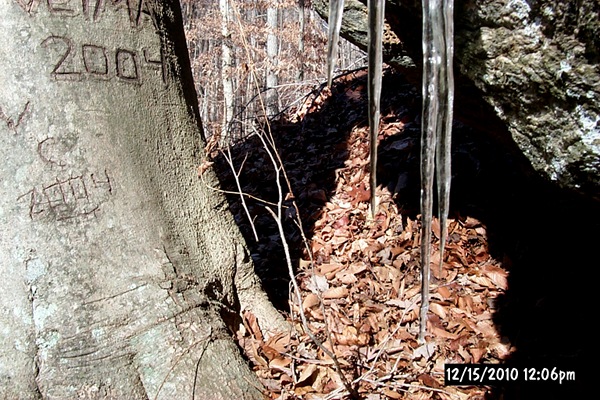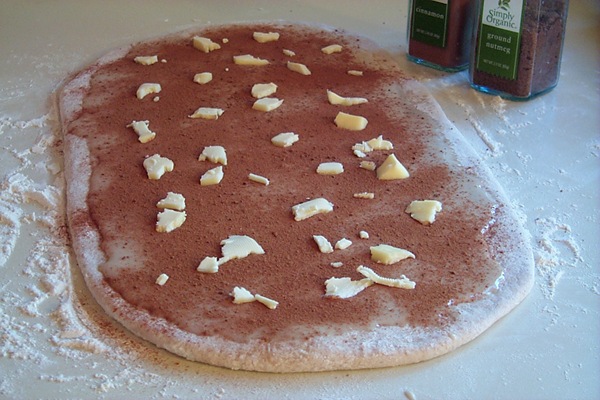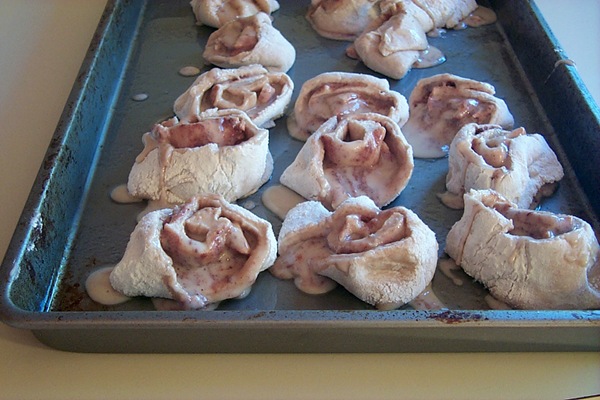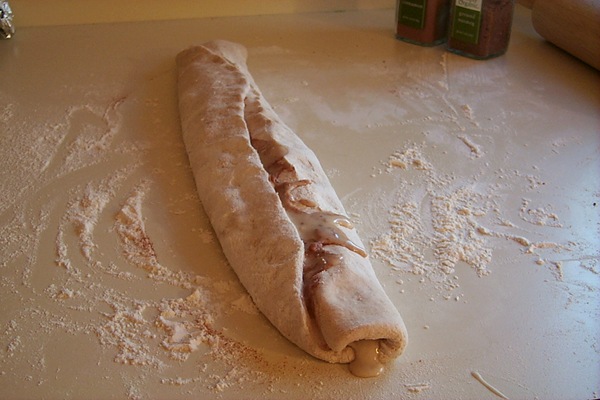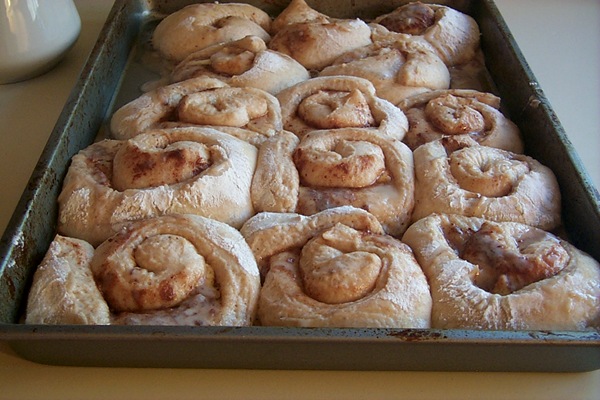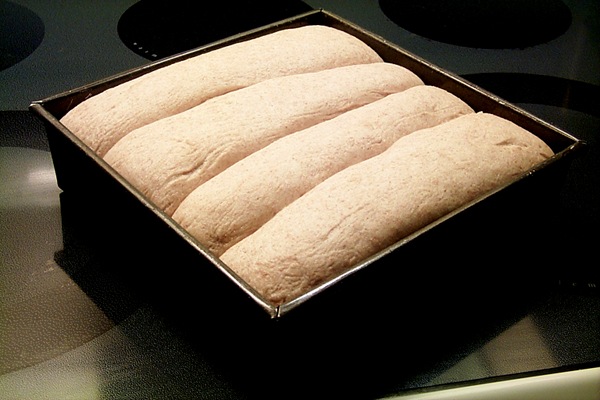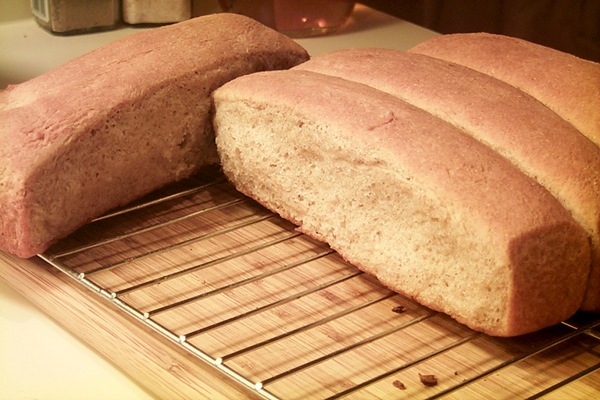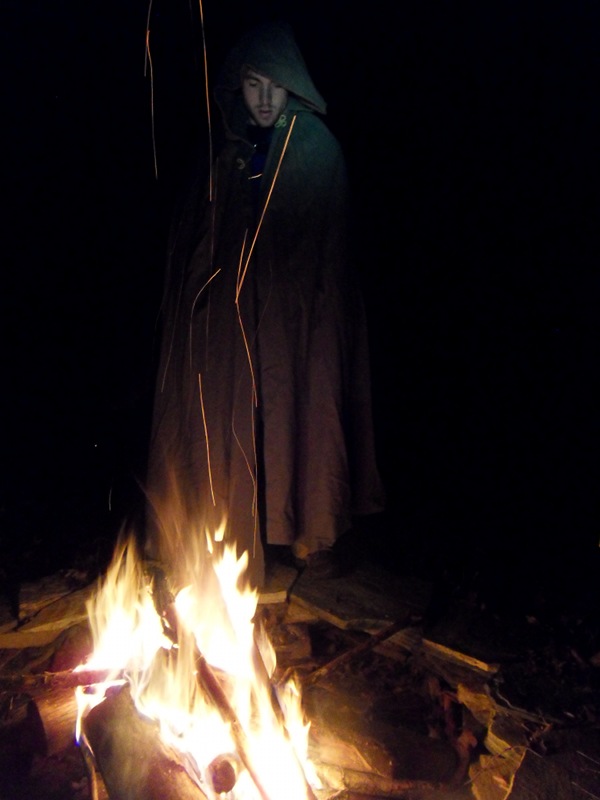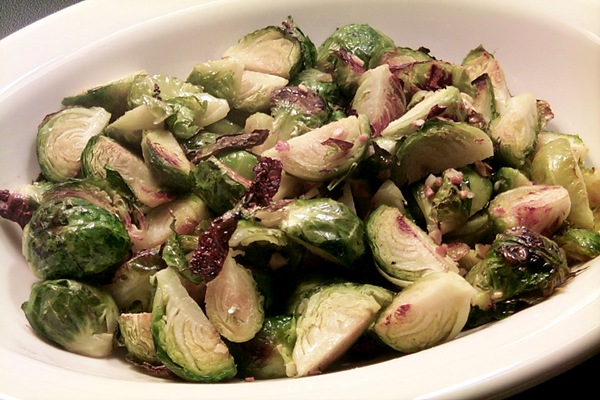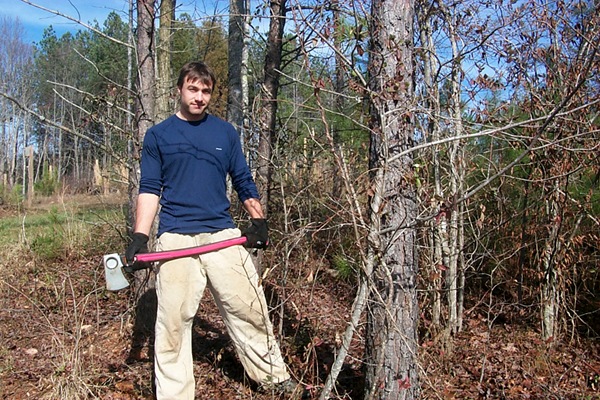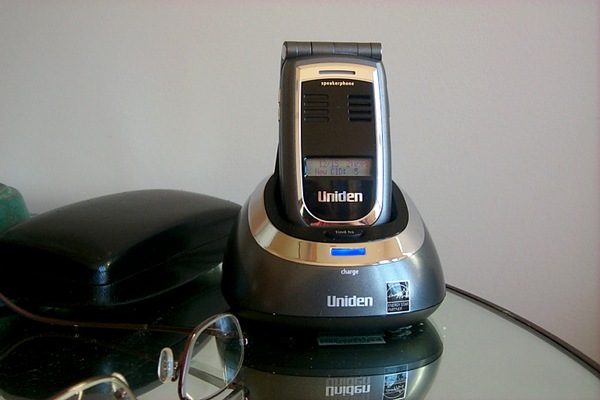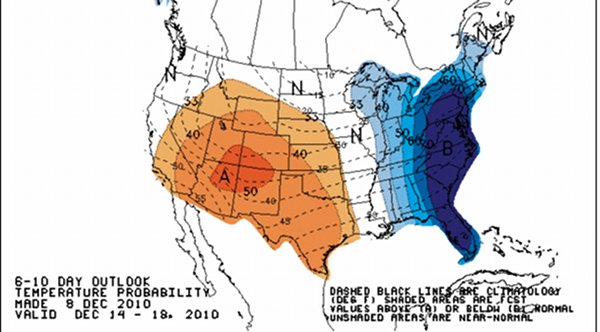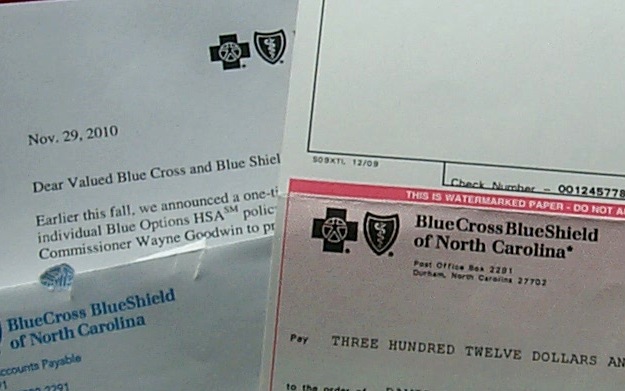
The low temperature here last night was 11.3 degrees F. To those who live in northern latitudes, this may not be a big deal. But, here in the South, it is a very big deal. It’s also dangerously cold for any warm-blooded creature.
Ken Ilgunas’ recent post on how he stays warm while living in his van got me thinking about how important it is to stay warm and how our houses, in cold weather, are not just about comfort. Without shelter and warm clothing, you die.
Back in the late 1960s and early 1970s, when I worked on the phone desk of the Winston-Salem Journal typing up the obituaries phoned in from the funeral homes, you always knew if there was a severe cold spell that the number of obituaries could easily double. Mostly this was old people. My elderly mother will be 88 next week. When she visits, she complains of being cold if the temperature is not above 70 degrees. With the thermostat at 71 degrees, she will sit bundled up in front of the fireplace.
And yet it is amazing how brave and resourceful human beings have been in dealing with brutal cold. My Celtic ancestors migrated north into the British Isles at the end of the Ice Age, almost 15,000 years ago. Soon they were as far north as the Faroe Islands and Iceland. I don’t think such a feat would have been possible without young warm-bodied adventurers like Ken. They must have been extremely good at managing fire and building shelter.
In the northern latitudes, cold and hard times seem to go together. Cold is an important theme of the literature of these northern latitudes. In Charlotte Brontë’s Jane Eyre, the word “cold” appears more than a hundred times. Sometimes she is describing the cold and hunger of the miserable students at Lowood School. Sometimes she is talking about the coldness of which the human heart is capable. Hugo, Dickens: Most of the writers of 19th Century northern Europe have a great deal to say about cold. In the history of human misery, hunger is the constant companion of cold.
When it’s cold here, my chickens huddle together inside their chicken house. Sometimes, walking past a big cedar tree at dusk on a cold evening, I’ve startled a dozen or more doves out of the tree. They were huddled too, no doubt, inside the cedar tree. I’ve read that squirrels, high up in their leafy treehouses, huddle together so closely that sometimes their tails become tangled together. My cat, Lily, with the thermostat lowered at night to a balmy 59 degrees, creeps under the covers with me, snuggles her head between the pillow and my shoulder, wraps her paws around my upper arm, and purrs before she falls asleep.
I have paid my dues in cold houses. Back in my days as a young hippy, I lived in several houses with no central heating. I’ve seen water glasses freeze on the hearth, and I’ve dealt with frozen pipes and wet firewood. I’ve gone to bed in unheated houses on snowy evenings, between flannel sheets and under a heavy down comforter. No more of that! Only young adults generate enough body heat to manage such austerity.
To all us poor, fragile animals, whether feathered or furred, old or young, warmth is a wonderful thing. Particularly to children and to old people, cold is dangerous.
According to the Department of Agriculture, 15 percent (and growing) of Americans don’t have enough money for food. Those who can’t afford enough food also can’t afford enough winter fuel. It is disturbing to think about how much more frightening the prospect of foreclosure must be in cold weather.
Where are the Charles Dickenses and Charlotte Brontës of our era? I strongly suspect that, in the wasteland of our media — which glorify the rich, the beautiful and the powerful and stigmatize the poor — there are stories we are not hearing.
